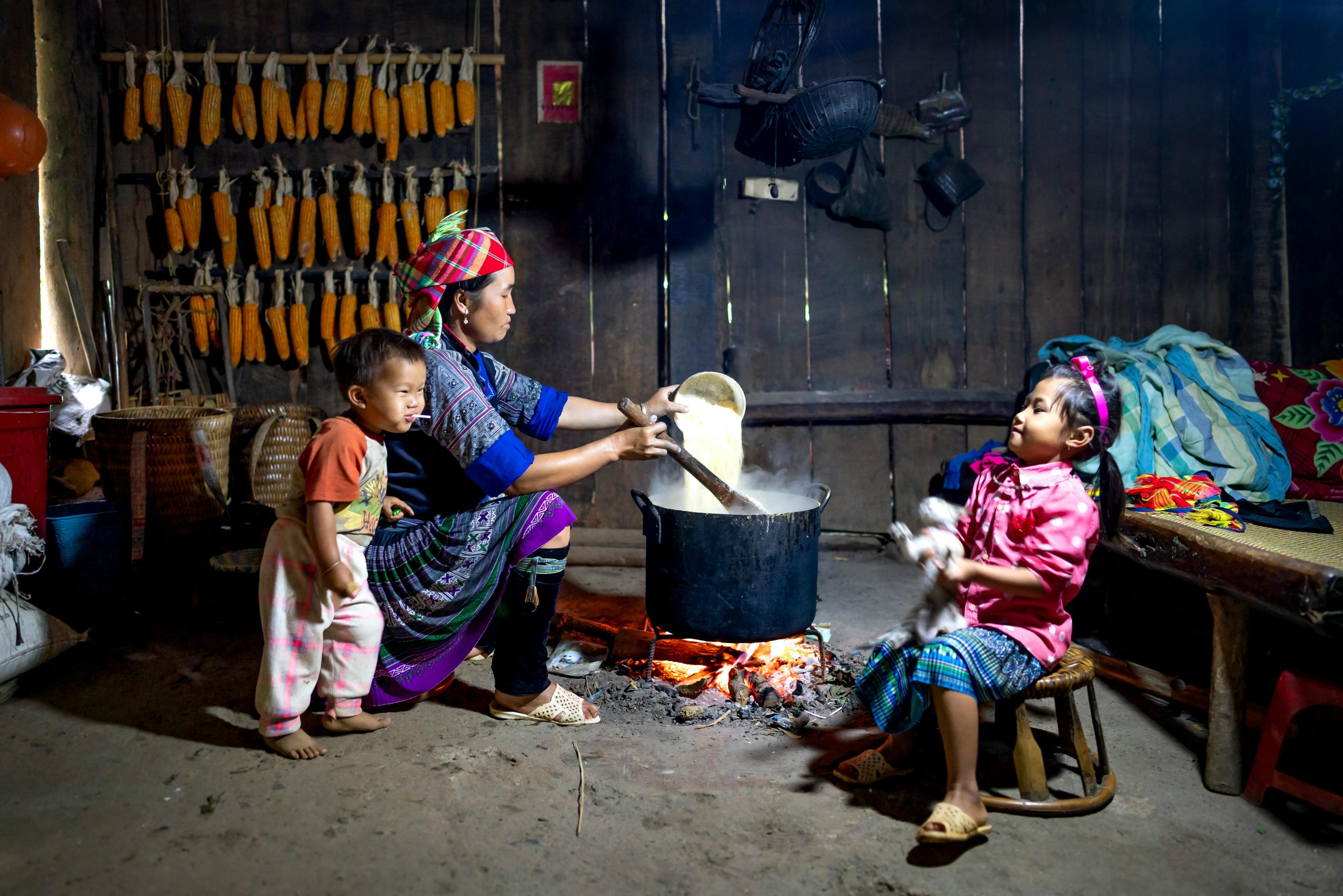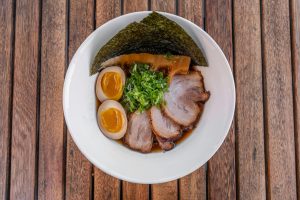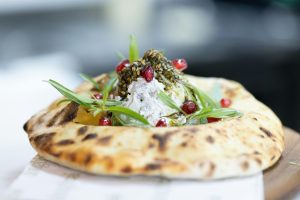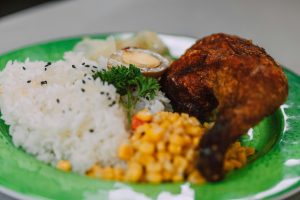Indigenous Corn Varieties: Heirloom Grains Reclaiming Modern Menus
The rich history of indigenous cultures is not just reflected through their traditions and customs, but also through their food. One of the most important staples in the diet of many indigenous communities is corn. However, over the years, this traditional grain has been replaced by modern, genetically modified versions that lack the depth of flavor and nutrition of the original varieties. But, thanks to the efforts of indigenous farmers and chefs, heirloom corn varieties are making a comeback and reclaiming their place on modern menus.
The Importance of Corn in Indigenous Culture
Corn, or maize, has been a significant part of indigenous cultures for thousands of years. It was not just a source of sustenance, but also held great spiritual and cultural significance. In many indigenous communities, corn is considered a sacred food, and its cultivation is deeply connected to traditional practices and beliefs.
Indigenous cultures across the Americas have a wide range of heirloom corn varieties, each with its unique flavor, color, and texture. However, with the introduction of industrial farming and mass production, these traditional varieties were pushed aside in favor of modern, uniform, and genetically modified corn.
The Decline of Heirloom Corn Varieties
The rise of industrial farming and the push for higher yields led to the decline of heirloom corn varieties. These traditional varieties were not able to match the productivity and uniformity of the modern corn hybrids. As a result, many indigenous communities were forced to abandon their traditional farming practices and adopt modern monoculture techniques.
In addition, the industrialization of food production also brought about a shift in consumer preferences. The demand for convenience and mass-produced food products led to a decrease in the consumption of traditional, whole foods like heirloom corn.
Moreover, the high production costs and lower profit margins of heirloom corn varieties made them less attractive to farmers, who were often pressured to opt for more profitable crops.
Bringing Back Heirloom Corn Varieties
Fortunately, the cultural and culinary significance of heirloom corn varieties did not go unnoticed. In recent years, there has been a growing movement to revive these traditional grains and reclaim their place on modern menus.
Indigenous farmers and organizations have been working tirelessly to preserve and promote heirloom corn varieties. They have been advocating for the protection of traditional farming practices and highlighting the importance of these grains in preserving cultural heritage.
At the same time, chefs and food enthusiasts have also been exploring the diversity and uniqueness of heirloom corn varieties. With their complex flavors and nutritional benefits, these grains have been gaining popularity in the culinary world.
Chefs as Advocates for Indigenous Corn Varieties
Many chefs have been leading the way in bringing heirloom corn varieties back into the spotlight. With their creativity and innovation, they have been elevating these traditional grains and showcasing their potential in modern cuisine.
For instance, Chef Sean Sherman, founder of The Sioux Chef, has been working to revive indigenous food systems and promote indigenous ingredients, including heirloom corn, through his restaurant and educational programs. He believes that the use of these ancestral ingredients not only contributes to the preservation of cultural heritage but also promotes sustainability and health.
Other acclaimed chefs, such as Virgilio Martinez and Enrique Olvera, have also been incorporating heirloom corn varieties in their menus, showcasing their versatility and potential in creating contemporary and upscale dishes.
Reviving Tradition and Preserving Cultural Heritage
The revival of heirloom corn is not just about reclaiming its place on modern menus, but also about preserving cultural heritage and traditional knowledge. With the decline of heirloom corn varieties, much of the traditional farming know-how and recipes were at risk of being lost.
By bringing back these traditional grains, indigenous communities are preserving their cultural identity and passing down valuable knowledge to future generations. In many cases, this also means increasing food sovereignty and autonomy, as communities rely less on large-scale, industrial food production.
Conclusion
The recent resurgence of heirloom corn varieties is a testament to the resilience and determination of indigenous communities and their allies. By reclaiming their traditional grains and incorporating them into modern cuisine, they are not just highlighting the unique flavors and nutritional profiles of these ancestral ingredients, but also promoting cultural heritage and protection of traditional farming practices. It is a reminder that food is more than just sustenance; it is a reflection of our history, culture, and identity.











